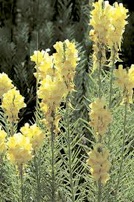Noxious Weed Info
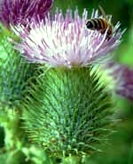
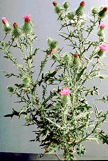
Bull Thistle
-
•Leaves are prickly-hairy above and cottony below
-
•Has stiff pointy spines on leaf tips
-
•Biennial
-
•Chemical Control in Spring or Fall
Canada Thistle
-
• Flower heads are purple and borne in clusters of 1-5
per branch.
-
• Heads are only about 3/4 in wide.
-
• Perennial
-
• Leaves are spiny and alternate
-
• Mature plants range from 2-4’ tall
Dalmation Toadflax
-
• Closely resembles Yellow Toadflax
-
• Leaves are waxy, heart shaped, and clasp to the
stem
-
• Flowers resemble snapdragon
-
• Mature plants 2-4 feet tall
-
• Perennial
-
• Taproot can be as long as 3 feet
Diffuse Knapweed
-
• Resembles spotted knapweed, difference is there is a
sharp spine at the end of bract on diffuse knapweed.
-
• 4-24 inch tall
-
• Basal leaves are stalked and divided into narrow,
hairy segments.
-
• Stem leaves are smaller, alternate and become
bract-like near the flower clusters.
Hoary Cress (Whitetop)
-
•A creeping perennial
-
•Reproduces by seed and creeping roots
-
•Grows erect from 10 to 18 inches high
-
•White flowers
-
•Leaf is 1/2 to 2 inches long with blunt ends.
Houndstounge
-
•A biennial that was introduced from Europe
-
•Reproduces by seeds
-
•Stem is erect, stout, heavy, 1-1/2 to 3 feet tall
-
•Flowers are terminal and reddish-purple
-
•Seeds about 1/3 inch long, the outer surface covered with short barbed prickles
-
•Contains alkaloids that may cause liver cells to stop reproducing
Leafy Spurge
-
•Flowers are yellowish-green and have a pair of heart shaped yellow-green bracts below each inconspicuous flower
-
•The entire plant contains white, milky latex
Mayweed Chamomile
-
•Strong odor
-
•Leaves resemble fennel
-
•Flowers are about 1 inch wide with 12 white ray flowers
Musk Thistle
-
•The waxy leaves are dark green with a light green midrib and mostly white margins
-
•The large and showy flowers are terminal, flat, nodding, 1-1/2 to 2-1/2 inches across, purple, rarely white, and surrounded by numerous, lance-shaped, spine-tipped bracts
-
•Musk thistle is commonly found in pastures, roadsides, and waste places. It prefers moist, bottom land soil, but can be found on drier uplands, also.
Oxeye Daisy
-
•Oxeye daisy can be identified by its daisy-like flowers
-
•Flowering heads are solitary at the ends of branches, have white ray flowers and yellow disk flowers and are about 2 inches in diameter
Perennial Pepperweed
-
•Perennial pepperweed has dense clusters of white flowers that appear in early summer
-
•The leaves and stem are covered with a waxy layer
-
•Mature plants are 1-3’ tall
Plumeless Thistle
-
•Plumeless thistle can be distinguished from musk thistle by the leaf-like spines on the stem, and hairs on the underside of the leaf
-
•Plumeless thistle flower heads are 1-2 inches in diameter, about one-third the size of musk thistle flower heads
Russian Knapweed
-
•Russian knapweed can be distinguished from other knapweeds by the pointed papery tips of the floral bracts.
-
•Mature Plants are 18-36 inch tall
Russian Olive
-
•Tree or shrub up to 30 feet tall
-
•Leaf is light green above and silvery beneath
-
•Many yellowish olive-shaped fruit
Salt Cedar (Tamarisk)
-
•Saltcedar is a shrub or tree native to the Mediterranean, China and Central Asia. This plant is found infesting waterways throughout the west. These plants contain salt that they deposit onto the soil through their leaves. Other riparian species are unable to survive the salty conditions and Saltcedar can then become the only plant growing in an area. Some reports show that one acre of Saltcedar can use 7.7 acre feet of water a year (2.8 million gallons).
-
•Although this plant has been sold as an ornamental in the past, it is no longer allowed to be sold in Colorado.
Scentless Chamomile
-
• White 3/4 inch daisy like flowers
-
• Alternate Finely divided, fern like leaves.
-
• 1/2- 3 feet tall
Scotch Thistle
-
•Can reach a height of 8 feet
-
•Large, coarsely lobed, hairy leaves have a velvety-gray appearance
-
•The rosette forms the first year and can have leaves up to 2 feet long and 1 foot wide
-
•The spiny-edged, alternate leaves form leaf wings that extend down onto the stem
-
•This branching plant has reddish-purple to violet flowers and a large, fleshy taproot
-
•It is found primarily along roadsides and railroads, but can become an impassable obstacle to livestock on rangeland and pastures. It is increasing in densities throughout Colorado
Spotted Knapweed
-
•Spotted knapweed is a biennial member of the Sunflower Family (Asteraceae)
-
•This plant can be distinguished from its close relative Diffuse knapweed, by the lack of a terminal spine at the tip of its bracts
-
•Although heavy in some parts of Colorado, this plant has not yet invaded some areas of the state
Sulfur Cinquefoil
-
•Leaves are palmately compound, have 5-7 toothed leaflets, and somewhat resemble a marijuana leaf.
-
•Light-yellow flowers have five petals that are deeply notched.
-
•Leaf stalks have perpendicular hairs longer than the width of the stalk.
Wild Caraway
-
•First year rosettes can be identified by their carrot-like leaves and slender tuber.
-
•Mature plants have hollow stems, and produce small, white or pink flowers in umbrella-like clusters
Yellow Toadflax
-
•Yellow and orange snapdragon-like flowers
-
•Slender leaves
-
•Perennial
-
•Adventitious buds on the roots form independent plants
-
•Yellow toadflax is a perennial that has been used as an ornamental. This weed is starting to invade pristine areas around the state


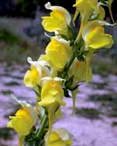
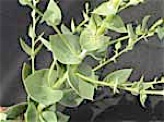
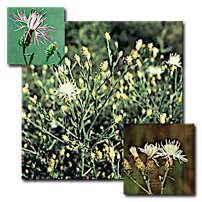

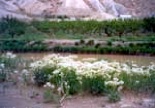
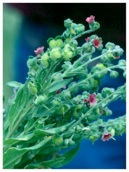
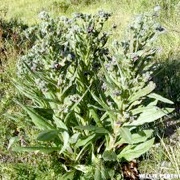

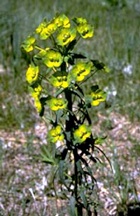

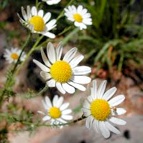
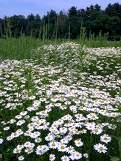
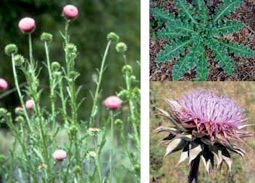
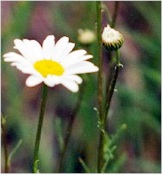
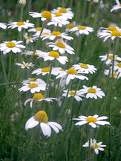
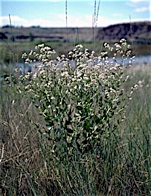
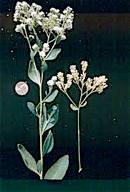
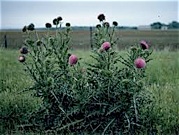
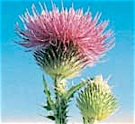
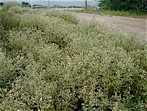
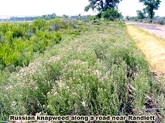
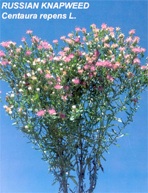
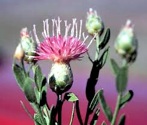
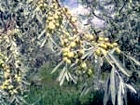

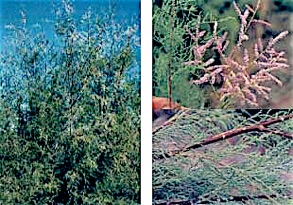
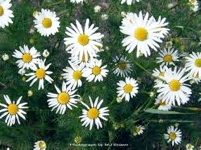
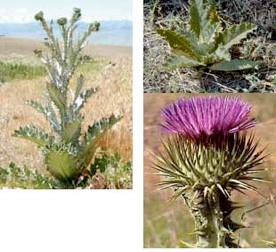
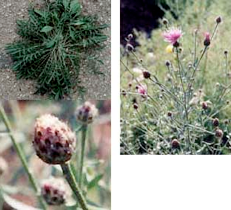
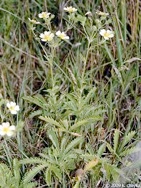
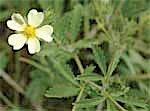
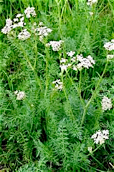


Noxious weeds are non-native invasive plants that displace desirable vegetation and degrade natural and agricultural lands. They threaten our drinking water supply, agricultural crops, pasture lands and native habitats.
Below is a list of some common weeds in Colorado. However there are many other noxious weeds in the state. Colorado Weed Management Association has a great website for further information on noxious weeds in the state (www.cwma.org) .
Common Colorado Noxious Weeds:
